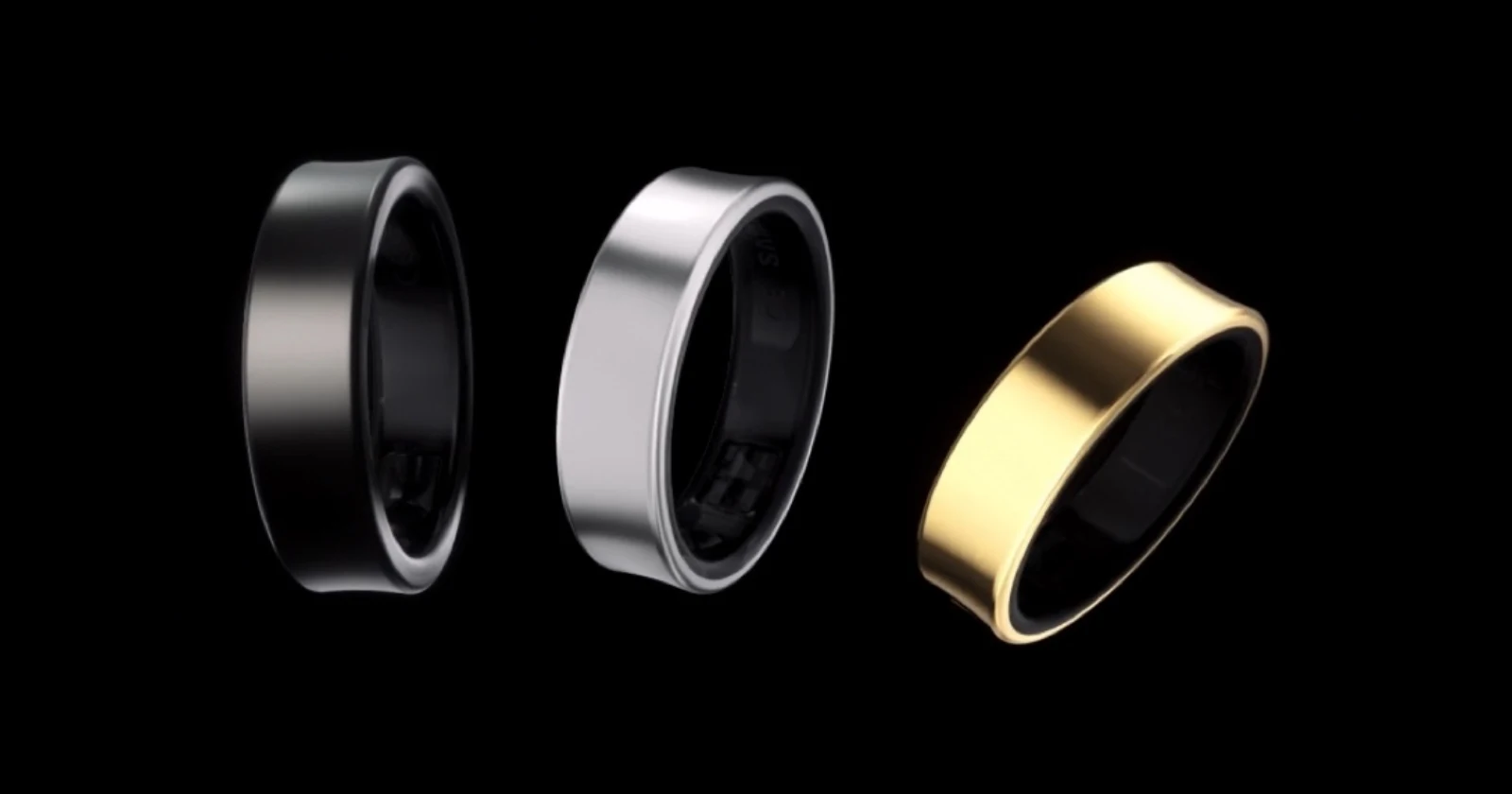Samsung’s first smart ring has been making quite a splash since its debut at Galaxy Unpacked in Paris this July. Launched alongside the Z Fold6, Z Flip6, and new Watch series, the Galaxy Ring quickly proved it wasn’t just another gadget in Samsung’s lineup. I’ve read dozens of articles, user-takes, and more to highlight all the major details and developments related to the Galaxy Ring to give you an idea of how things are looking for Samsung’s latest wearable gadget.
For starters, the initial demand after the launch even caught Samsung off guard. What started as a cautious production plan of 400,000 units quickly jumped to a million, thanks to strong pre-orders. China’s enthusiasm particularly stood out, suggesting Samsung might have a global hit on its hands. The wearable is priced at $399.99 in the US, without a subscription fee, which makes it an attractive offer.
The ring itself is pretty impressive on paper. Built with titanium and sporting an IP68 rating, it promises to handle whatever life throws at it. It tracks everything from blood oxygen to heart rate, and the battery keeps going for 5-7 days. For the style-conscious, it comes in three colors (Titanium Black, Silver, and Gold) and nine sizes to fit different fingers.
But it’s not all roses. iFixit’s teardown revealed a common wearable tech issue – you can’t replace the battery. After about 400 charging cycles, the ring essentially becomes “disposable.” While the design shows smart manufacturing choices, like using press connectors for easy assembly, repairability wasn’t a priority.
The Verge’s recent smart ring showdown highlighted both strengths and weaknesses. The Galaxy Ring shines with its sleek design and solid battery life, especially when paired with Samsung devices. However, it lost points for being too dependent on the Samsung ecosystem – great for Samsung fans, not so much for everyone else. The current champion, Oura Ring, kept its crown thanks to a better overall experience and platform-agnostic approach.
Other reviewers also had similar takes, with ZDNET also pointing out the fact that the Galaxy Ring isn’t compatible with iPhones. This is just another limitation considering iPhones are nearly always the most selling smartphones every year. MKBHD also highlighted the same problem in his review. He also talked about how hard the Galaxy Ring is to find if you accidentally lose or misplace it.
That said, the global rollout has been interesting to watch. It was recently launched in Australia for AUD 699 ($462) with a unique 30-day satisfaction guarantee, a smart move for a first-gen product. India’s seeing it at Rs 38,999 ($464) with some sweet launch deals, including a free 25W travel adapter. Brazil got in on the action at BRL 3,499 ($617), where it launched alongside the new Tab S10 series.
Samsung also plans to expand the Galaxy Ring’s availability to other regions as well, including Scandinavia. Overall, the Galaxy Ring is currently on sale in 18 countries: Australia, Belgium, Brazil, Canada, China, France, Germany, Hong Kong, India, Italy, Mexico, Netherlands, Portugal, South Korea, Spain, UAE, UK and US.
As the ring went live in more markets, potential buyers were facing issues with the available sizes for the Galaxy Ring. Luckily, it seems the South Korean tech giant is already working on a solution to tackle the sizing issues. A recently published patent shows plans for a self-adjustable ring, potentially solving the sizing hassles that some users have reported. It’s a clever idea, though there are concerns about how it might affect manufacturing costs and water resistance.
That said, the Galaxy Ring brings some unique features to the table. It works with Samsung’s Health AI to provide personalized insights without requiring a subscription – a nice touch in a world where everything seems to need a monthly fee. When paired with a Galaxy Watch, it creates a more comprehensive health monitoring setup.
For a first-generation product that’s still rolling out globally, the Galaxy Ring has made quite an impact. While it might not have dethroned Oura just yet, it’s clear Samsung’s serious about carving out its place in the smart ring market. We’ll just have to wait and see if Samsung improves upon the current flaws with its next-gen ring. Will you buy the Galaxy Ring as it is or are you waiting to see what Samsung has to offer with the next iteration?
TechIssuesToday primarily focuses on publishing 'breaking' or 'exclusive' tech news. This means, we are usually the first news website on the whole Internet to highlight the topics we cover daily. So far, our stories have been picked up by many mainstream technology publications like The Verge, Macrumors, Forbes, etc. To know more, head here.


